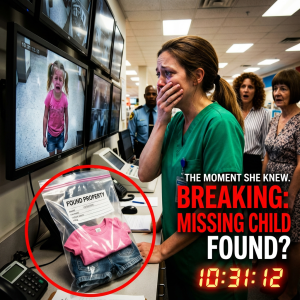Have you ever noticed tiny specks, threads, or cobweb-like shapes drifting across your field of vision? These are called eye floaters—and while they’re usually harmless, it’s important to understand what causes them and when they might signal something serious.
👁️ What Are Eye Floaters?
Eye floaters are small clumps of protein or cells that cast shadows on the retina as they float in the vitreous gel inside your eye. They’re most visible when looking at a plain background, like a blue sky or white wall.
🔍 Common Causes of Eye Floaters
Floaters can develop due to a number of factors:
Aging (most common)
Nearsightedness (myopia)
Diabetes-related eye issues
Post-cataract surgery changes
These changes usually involve the vitreous gel shrinking or becoming more liquid with age, causing tiny fibers to clump together.
⚠️ Warning Signs — When to Seek Immediate Help
Although most floaters are benign, you should consult an eye doctor immediately if you experience:
A sudden increase in floaters
Flashes of light in your vision
A dark curtain or shadow moving across your vision
These symptoms could indicate a retinal tear or detachment, which is a medical emergency that may require surgery.
💡 Treatment Options
In most cases, no treatment is necessary, and your brain may gradually learn to ignore them.
Severe or vision-impairing floaters may be treated with:
Vitrectomy – A surgical procedure to remove the vitreous gel (rarely recommended due to risk)
Laser therapy – Sometimes used to break up floaters, though less commonly practiced
✅ Tips for Managing Eye Floaters
While you can’t always prevent floaters, here are ways to manage them:
Move your eyes—look up and down to shift their position
Eat a diet rich in eye-healthy nutrients: omega-3s, vitamin A, zinc
Avoid smoking—which increases risk of eye disease
Schedule regular eye exams, especially if you’re over 40 or have risk factors
🧠 Bottom Line
Floaters are a normal part of aging for many people. But if you notice sudden changes, flashes, or shadows in your vision, don’t ignore it—get checked by an eye care professional right away.





